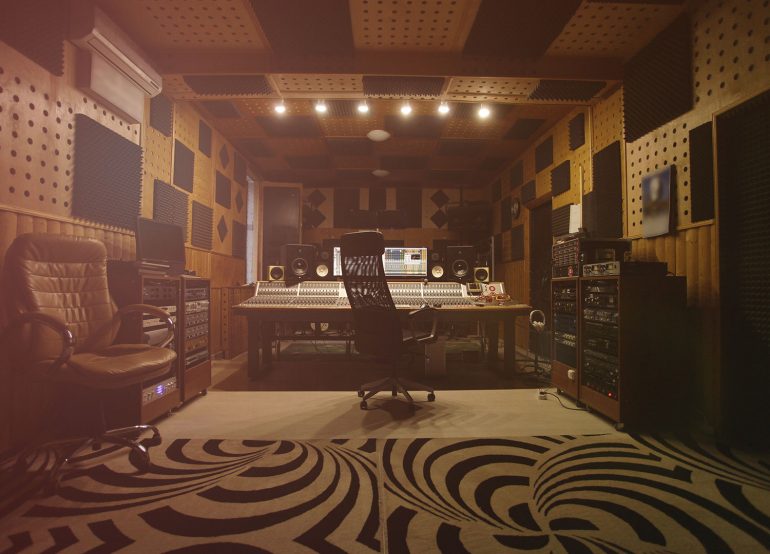If you’re a mixing engineer or DIY artist/producer who is the songs by himself, you’ve probably used a reference track before. There is nothing wrong with that, but are you sure you’re doing it the right way? We collected a few pointers which we think are very important:
Choosing the right one
A lot of times people tend to go the wrong route in the very beginning. They just pick a random song and go ahead from there. This could mean a lot of trouble!
A reference track should be have two things in common with your own track. The tempo and most importantly the key. The tempo obviously doesn’t have to be exactly the same, but it just makes it easier to have a reference track which is at least in the same range. For example if your track is an uptempo 124 bpm track, it’s better to use a reference track which is in the 120bpm range as well, instead of using a 92bpm Hip Hop Song.
When it comes to the key, you should be a little bit more strict about it. DIY Musicians who mix their records themselves often use their current favourite song as a reference track which’s key is potentially far off from the one in their actual record. What happens next is, that they end up trying to get the same awesome bass sound as heard in the reference, but the problem is that the bass note required was never there in the first place, because their song is in a different key.
You’re better off mixing without a reference, than mixing with one which doesn’t meet the tempo and key requirements.
Mind the Loudness
There are several reasons why you shouldn’t be mixing your songs into a predetermined mastering chain. We even wrote an article about it. But why are we telling you this here, when it should be about reference tracks?
Although the loudness normalization is slowly but surely proving effective in ending the loudness war, most of the popular songs still go through the typical mastering steps like compression and limiting, before ending up in your DAW as your reference track. Therefore they will be louder than your mix, which should ideally peak at – 6db 😉
Instead of starting to compress and limit your track to meet the perceived loudness of the reference, just lower the reference track’s volume and work from there.
Don’t lose your vision
Yes, mixing is more of a technical process that should make your record sound “professional”. Nevertheless there will always be an artistic/creative aspect involved. Don’t let go of your own vision how the record should sound like, when starting to use a reference track.
If you end up mixing your vocals really dry just because your reference track is suggesting it, but you always feel like the vocals would sound awesome with reverb and delay the next day you listen to it, you’ll probably be better of adding those effects, even if it doesn’t meet current trend. For example, just imagine what would have happened when Post Malone’s breakthrough single “White Iverson” would have been mixed like your typical Trap record. The overly used reverb is what made it special, although it didn’t meet the mixing norms.
To sum it all up:
- Try to find the right reference track (tempo, key)
- It’s about the levels not the loudness!
- Find the right balance of trusting your own vision and mixing with the reference
- Sometimes(!) you’re better off without a reference track
0 be the first one to show some appreciation for this!

